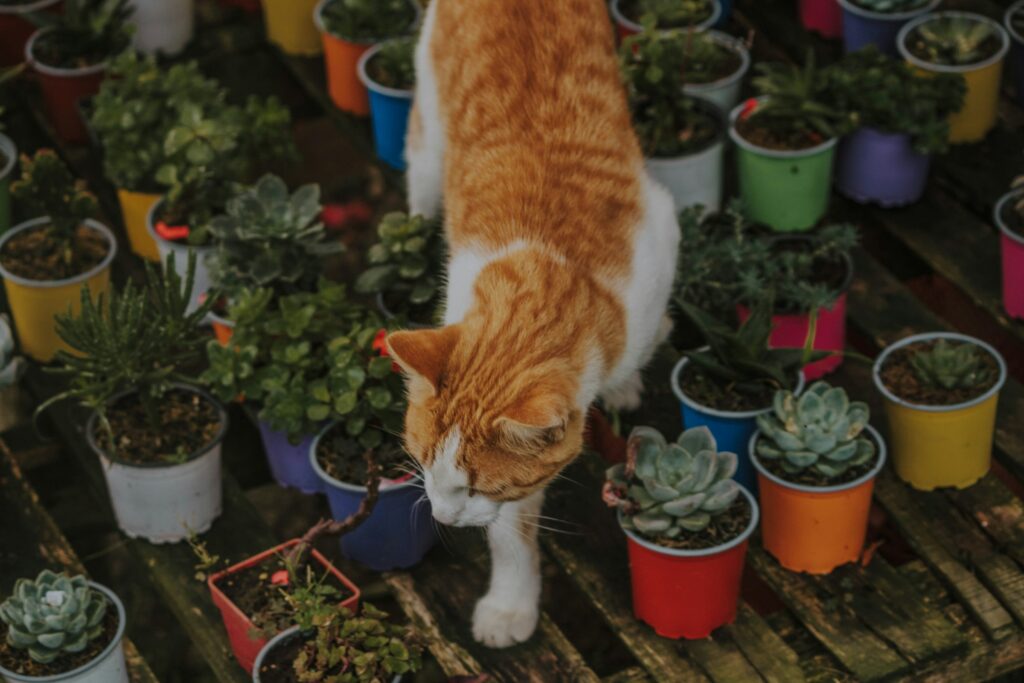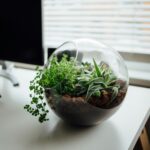Why Pet Owners Need to Be Extra Cautious with Houseplants
For those who share their homes with curious furballs, indoor plants can be a quiet hazard hiding in plain sight. Cats that nibble, dogs that dig, it’s a tale as old as time. But what many pet parents don’t realise is that certain greenery can lead to severe health issues for their animals. From upset stomachs to full-on toxic reactions, the wrong plant in the wrong paws can spell trouble.
Being a responsible pet owner means creating a space that nurtures both your plant obsession and your pet’s well-being.
The Joy of Greener Homes Without the Worry
Now, here’s the good news: your home can be a leafy haven without being a toxic trap. You can enjoy beautiful, non-toxic plants that are safe for your pets. You can enjoy having plants without putting your pets at risk. There are many options for pet-friendly plants that can help you satisfy your love for greenery. It’s all about smart choices, and this guide is your blueprint for building that lush, stress-free indoor jungle.
Understanding the Risk: Why Some Plants Are Toxic to Pets
What Makes a Plant Toxic to Cats and Dogs?
Plant toxicity usually boils down to naturally occurring compounds, things like saponins, oxalates, or alkaloids that mess with a pet’s system. These chemicals help plants but can hurt your pet’s stomach and nervous system. Cats are at greater risk due to their small size and unique liver enzymes, which make processing certain substances difficult. Even a small bite can have big consequences.
Common Symptoms of Plant Poisoning in Pets
Watch for these common symptoms: drooling, vomiting, lethargy, tremors, and seizures in severe cases. Some toxic plants even cause skin irritation or respiratory issues. If your pet appears unwell after chewing, contact your vet immediately.
Popular Yet Harmful: Plants You Should Avoid
Some of the trendiest houseplants are unfortunately on the blacklist. Think lilies, pothos, snake plant, peace lilies, dieffenbachia, and philodendrons. They may be Insta-worthy, but they’re not worth the emergency vet visit; therefore, a double-check before bringing home a new leafy friend.
What to Look for in a Pet-Safe Plant
Traits of Non-Toxic Indoor Plants
Non-toxic plants tend to be free of harmful chemical compounds and are less appealing to pets as chew toys. Many have soft, non-spiky leaves, a mild scent (or none at all), and low levels of calcium oxalate or alkaloids. These plants are not only safer, they’re also resilient and easy to care for.
Where to Verify Plant Safety (Reliable Sources to Check)
The ASPCA’s online plant database is an invaluable resource, even for pet owners in India. Additionally, consider bookmarking reputable gardening blogs, botanical garden websites, and pet care platforms that focus on the intersection of plants and animals. It’s important to refer to local resources, like Indian horticultural websites and regional gardening forums, to ensure the information applies to your environment. Avoid relying on hearsay or Pinterest pins; instead, consult trusted, science-based sources for accurate information about plants that may affect your pets.
Pro Tips for Pet-Proofing Your Plant Setup
Even non-toxic doesn’t mean chew-proof. Use plant stands, hanging baskets, or wall-mounted shelves to keep foliage away from playful paws. You can also try deterrent sprays or place safe chew alternatives nearby to keep your pets busy elsewhere.
The Ultimate List: Non-Toxic Indoor Plants Your Pets Will Love
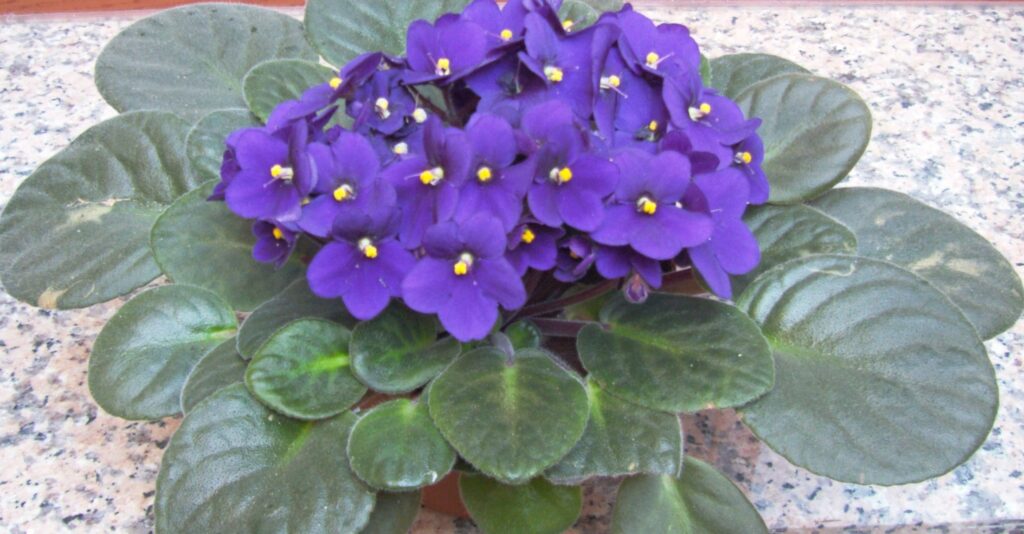
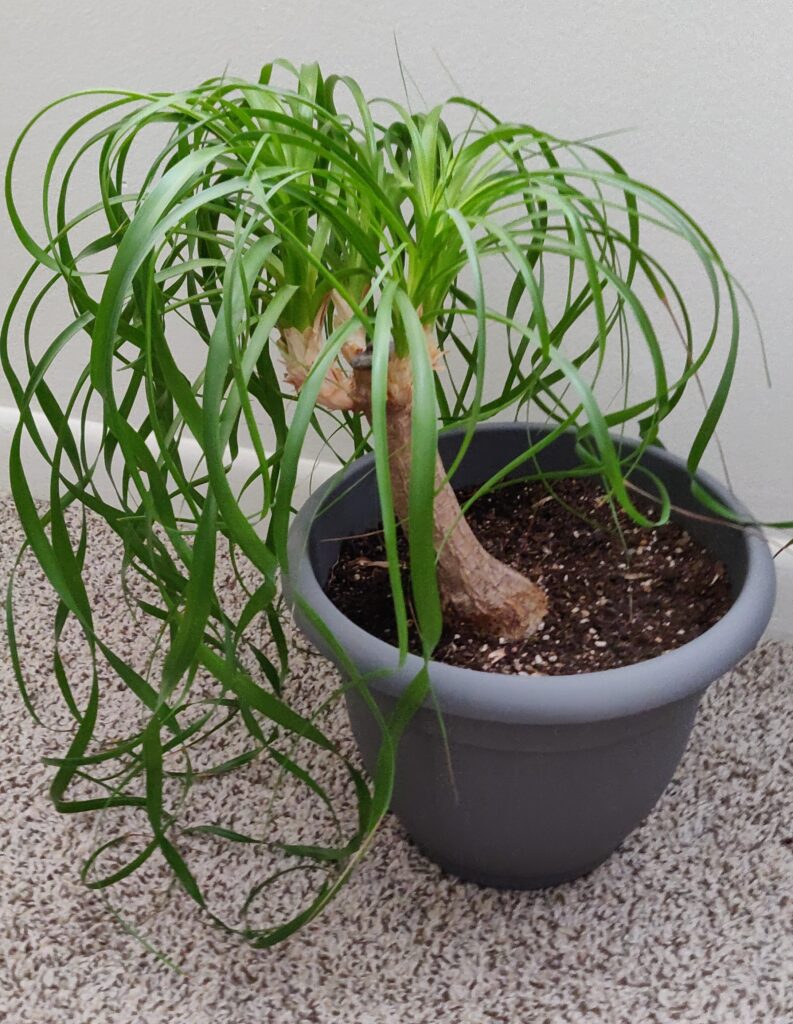
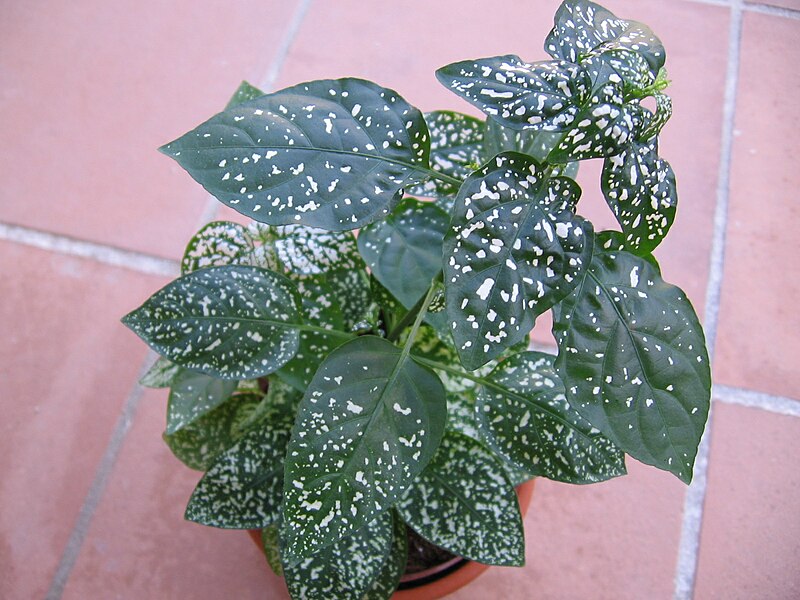
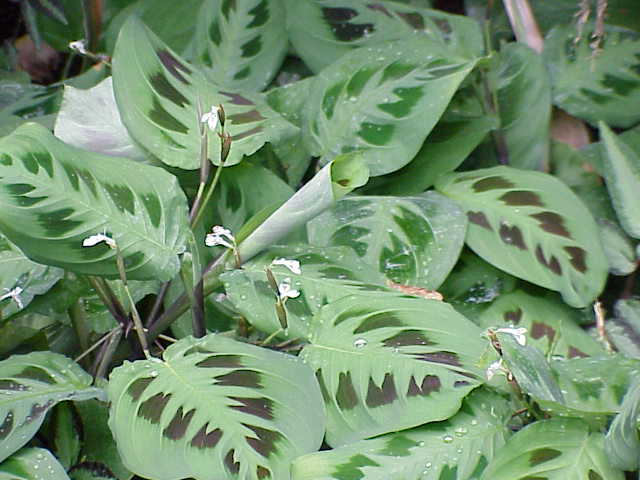
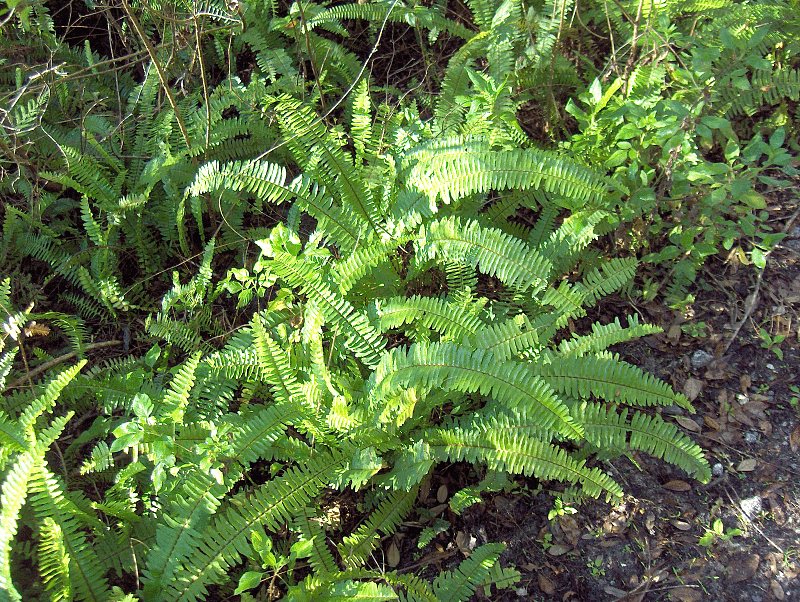
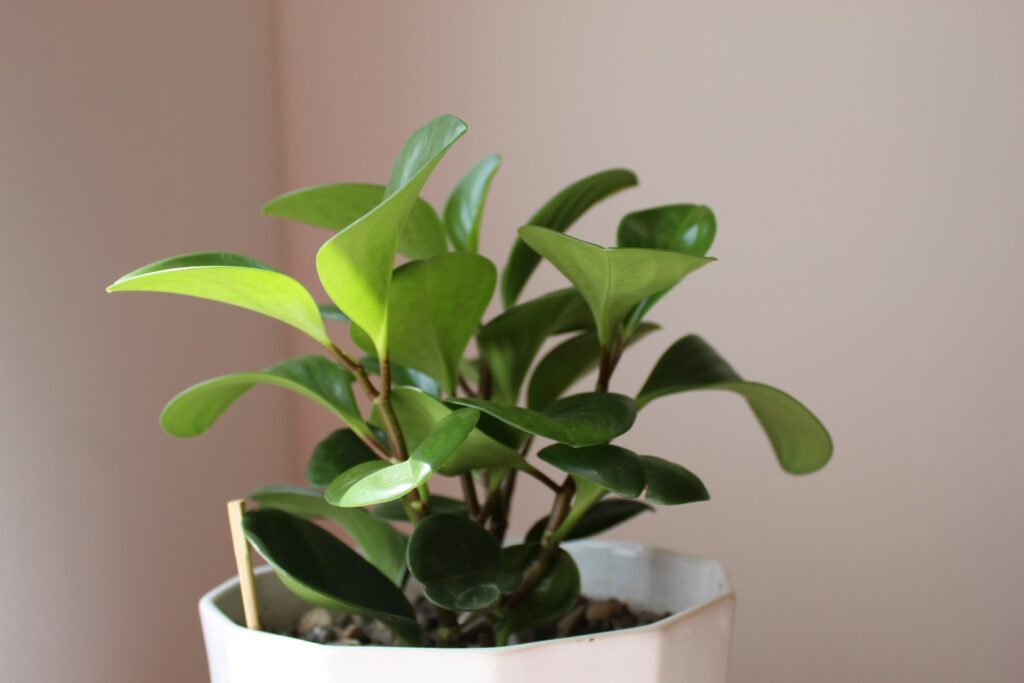
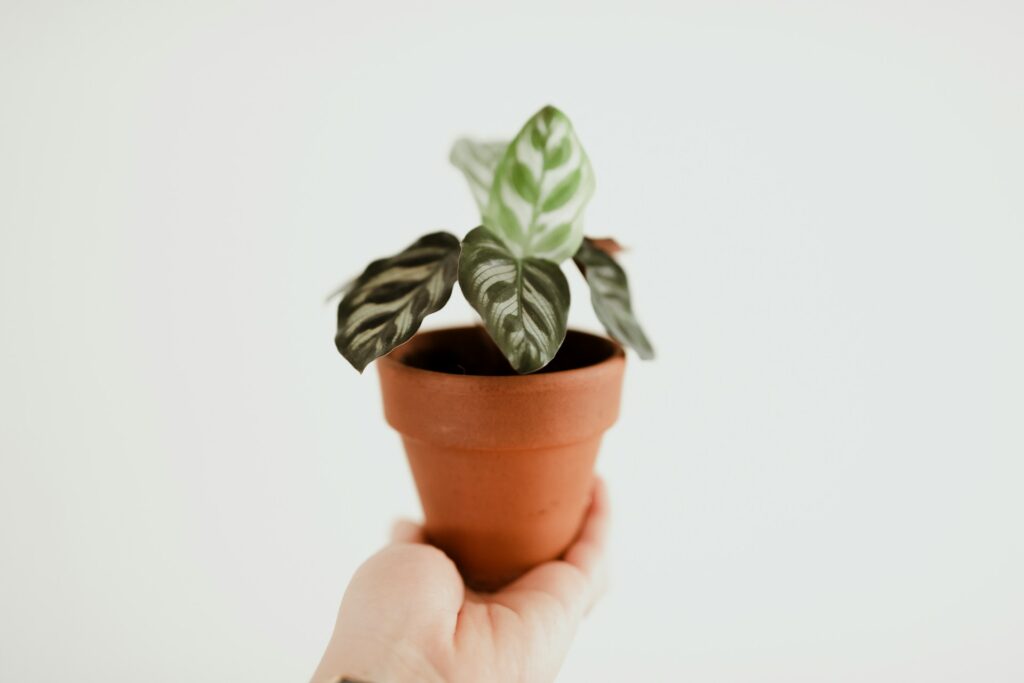
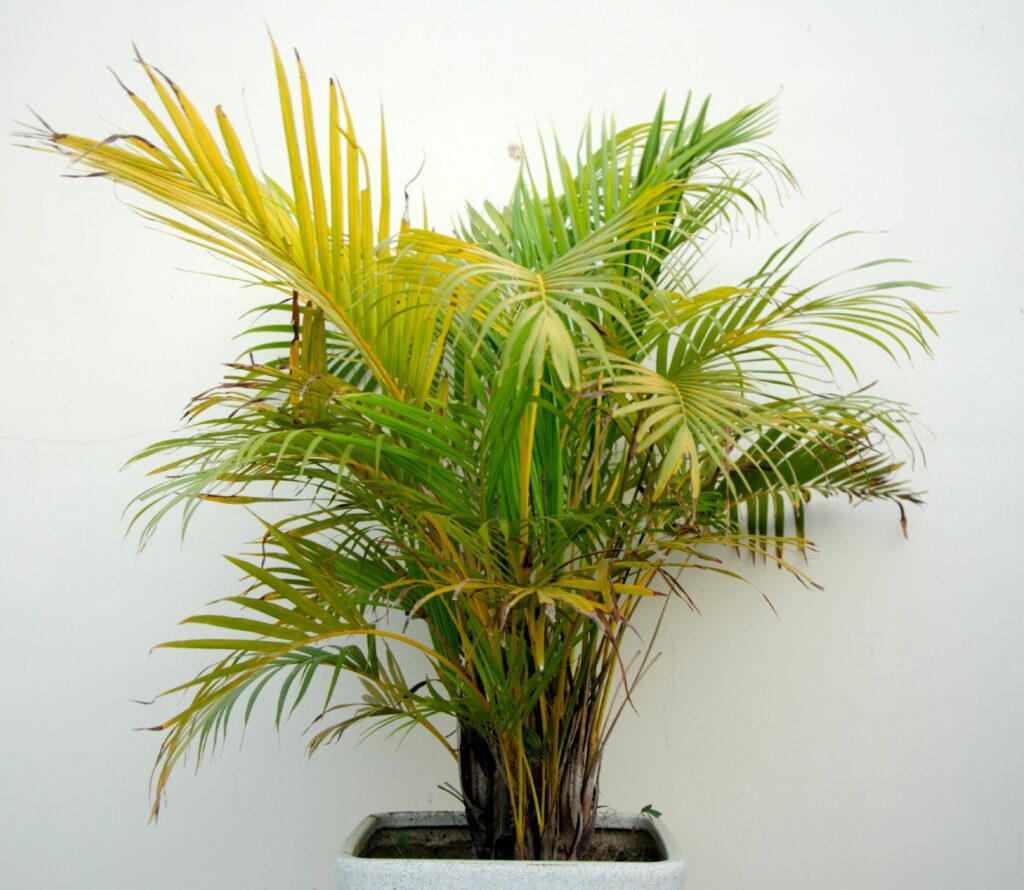

How to Style These Plants in a Pet-Friendly Home
Elevate and Hang: Keeping Plants Out of Paw’s Reach
Use macrame hangers, floating shelves, or tall plant stands to keep greenery away from ground-level mischief. Bonus: it adds vertical interest to your decor.
Decorative Planters That Double as Barriers
Opt for weighted pots or enclosed terrariums that discourage digging. Decorative screens or wire cages around pots can also be functional and stylish.
Best Spots for Light and Safety
Bright, indirect light is a sweet spot for most houseplants. Position them near east-facing windows or filtered sunlight zones. Keep plants out of high-traffic pet areas like feeding stations or play zones.
Care Tips to Keep Your Pet-Safe Plants Thriving
Watering Schedules That Work (Even If You’re Forgetful)
Stick to a simple routine. Group plants with similar water needs together. Use self-watering pots or moisture meters to avoid over-/underwatering.
Pet-Safe Fertilisers and Soil Options
Steer clear of chemical-heavy fertilisers or soil with additives like cocoa mulch, which is toxic to dogs. Get organic, pet-safe plant food or compost-based mixes.
Signs Your Plant Is Struggling (and How to Fix It)
Yellowing leaves? It might be overwatered. Droopy stems? It could be root rot or low light. Observe regularly, adjust accordingly, and don’t be afraid to repot if needed.
What to Do If Your Pet Nibbles on a Plant
First Steps to Take Immediately
Remove any plant remnants from your pet’s mouth. Rinse their mouth with water gently if possible. Don’t induce vomiting unless advised by a vet.
When to Call the Vet
If you suspect your pet ingested a questionable plant or shows signs like vomiting, shaking, or lethargy, call your vet or poison control ASAP; time matters.
Safe Alternatives to Curb Your Pet’s Plant Curiosity
Try pet grass, catnip, or chewable toys that offer a safe outlet. Bored pets are more likely to explore your plant babies; keep them engaged elsewhere.
Where to Buy Pet-Safe Plants (Online and Offline)
Trusted Online Nurseries with Verified Pet-Safe Options
Look for platforms that clearly label pet-safe plants. The Sill, Bloomscape, and Leaf & Clay are great starting points. Reviews help too.
What to Ask at Local Plant Shops Before You Buy
Don’t be shy. Ask if the plant is safe for cats or dogs. If the staff isn’t sure, hold off. Snap a photo, do your research, then buy with confidence.
Conclusion
A Greener, Safer Home Is Doable
You don’t have to choose between a lush indoor vibe and a safe environment for pets. With the right knowledge and choices, you can enjoy both.
One Plant at a Time: Building Your Pet-Friendly Jungle
Start small. Add one or two plants, see how your pet reacts, and build your green space from there. Before you know it, you’ll have a pet-safe paradise thriving in every corner.
